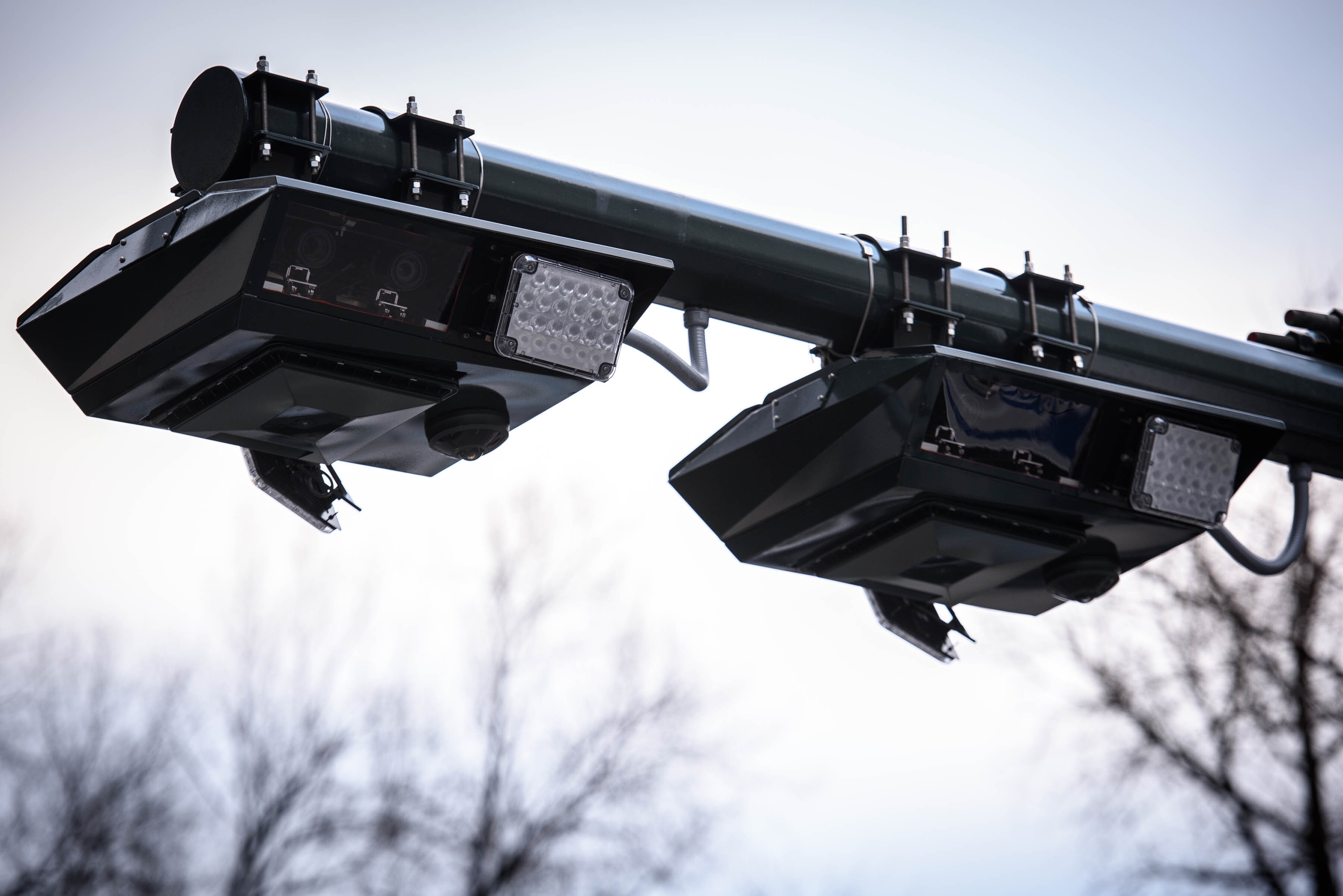Suffolk County police stopped and searched Black and Hispanic drivers at higher rates than white drivers, according to a report commissioned by Suffolk County officials.
The report was compiled by the John F. Finn Institute for Public Safety, and it took a year’s worth of data beginning March 2018. The report looked at 130,000 traffic stops made by Suffolk County police.
It found that black drivers are 59 percent more likely to be arrested, more than twice as likely to have their car searched or be searched and 84 percent more likely to be restrained.
Hispanic drivers were 16 percent more likely to be arrested, 32 percent more likely to be ticketed and 25 percent less likely to get a warning.
“It’s a stark reality that suffolk county has failed to address these issues for decades,” said civil rights attorney Fred Brewington. He added that this report confirms what his clients and community members have told him for years.
“And it’s backed up by their own numbers, these numbers are not manufactured,” said Brewington. “We need to retool how policing is done in the 20th century.”
The report was compiled as a result of a 2014 settlement with the department of justice — but shows the work for Suffolk County has just begun.
News
"We do not want anyone to feel they are not being treated fairly, that’s at the heart of all this," said Suffolk County Police Commissioner Geraldine Hart. "You as a resident of this county deserve to be treated fairly."
Although County Executive Steve Bellone said that they had previously "overhauled" departments such as internal affairs as well as recruitment efforts in an effort to "increase diversity," it still remains an issue for the department. In 2014, there were 283 officers of color. Now in 2020, there are 335 — a measurable increase, but that still only makes up 16 percent of the rank and file.



